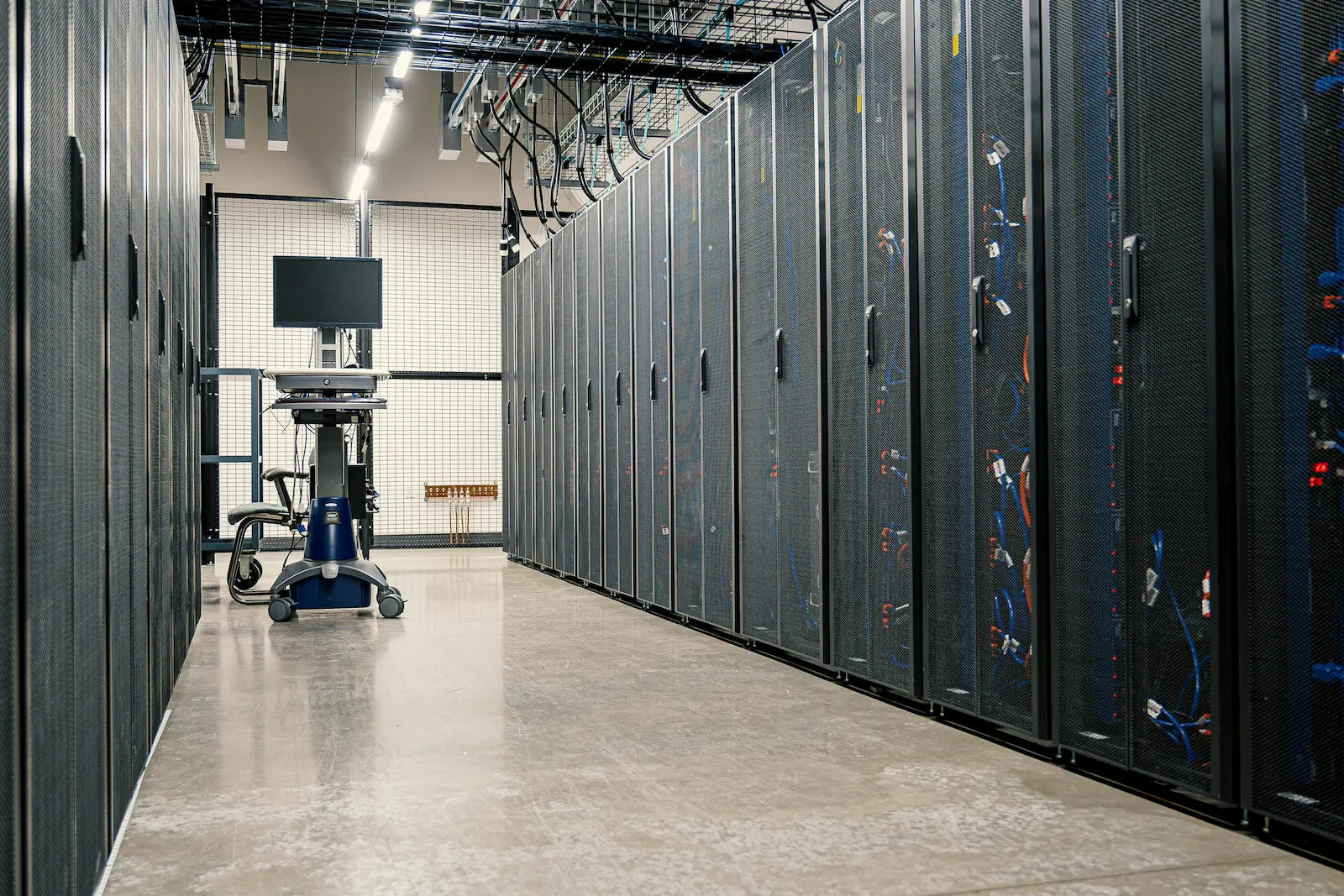Understanding Layer-1 protocols

As mainstream adoption of blockchain has continued to increase, more and more people have begun to find their way into the space without developing at least a basic understanding of this technology and how it works - which can limit its success and profitability.
To realize the full potential of your operation, it is important to first gain a knowledge of the concepts that drive cryptocurrency and blockchain technology. And at the root of these concepts are the building blocks of shift protocols.
Here's a closer look at what application layers and protocols are and how layer one protocols serve as the foundation for the scalability and future growth of the crypto world.
What are Application Layers?
Before we delve into how layers and protocols work in the blockchain space, we must first understand how application layers work in the computing world.
Application layers - sometimes referred to as layers - are designed to mask the finer technical details of a platform while also serving as that platform's main user interface. Application layers are responsible for hiding a system's operations behind the scenes to make the platform easier to use and less complicated for the end user.
Web development can be seen as an example in this lens, where the underlying code is the primary layer that only the developers understand, while the web pages themselves are the application layer that can be easily used and interacted with by everyone else around the world - regardless of whether they understand how the code works or not.
Blockchain layers
The same concept can also be applied to blockchain technology, where layers (or levels) are used to establish protocols that define how a particular network works and how users interact within that platform.
Blockchain protocols facilitate all information exchange and dictate all processes within a given network, including:
- Transaction validation
- System security
- Interaction of the participating nodes
- And more
Legacy networks like the Internet and websites have so-called thin protocols and fat applications where the underlying layer has tremendous value but mostly goes unnoticed by the majority of that network's users.
However, this is reversed in the world of blockchain, with networks having fat protocols and thin applications where the majority of value is concentrated at the shared protocol level.
For example, consider Bitcoin. Despite the network's massive market capitalization (over $1.1 trillion at the time of writing), the amount of revenue from applications built on this network remains quite small.
The same could be said for Ethereum , which at the time of writing has a market cap of over $500 billion and thousands of DApps running on the network.
Layer One Protocols
Layer one protocols - sometimes referred to as implementation layers - refer to a system that is connected to the base or underlying architecture of a blockchain network. The Layer One protocol specifies the entire set of rules and parameters for the network, including:
- Consensus algorithm
- Block time
- Transaction throughput
- And more
In the case of Bitcoin, the Layer One protocol sets the Proof-of-Workconsensus algorithm and the 10-minute block time, in addition to every other rule that the network and everyone Users must follow it to complete transactions and receive block rewards.
In some cases (like Ethereum), layer one may be preceded by a "layer zero", which lays the foundation for components to support a new layer above. Binance Smart Chain is a layer one protocol that is similar to Ethereum at a fundamental level, but builds on top of its layer zero to offer lower transactions and higher transaction speeds. For Bitcoin, this layer would include the hardware, internet, and other components that combine to create the smooth operation of layer one.
Perhaps the most notable aspect of layer one is that it serves as a foundation upon which to build to make improvements to the network that benefit the end user. Any such layer-one solution would directly change the rules of the protocol, such as increasing the amount of data contained in each block or speeding up the speed at which blocks are confirmed to increase the overall throughput of the network.
Stay tuned for future content that dives deeper into layer two protocols and how they fit into the blockchain's three layer protocol ecosystem.























